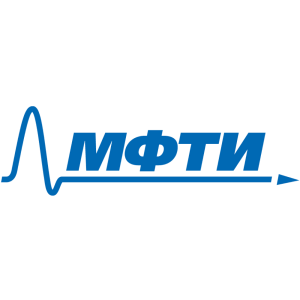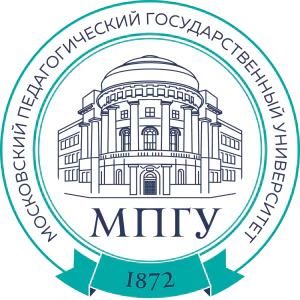Available in labs
Laboratory of Experimental and Cellular Medicine

Moscow Institute of Physics and Technology
Development of new personalized computational digital technologies and machine learning approaches for the prediction and treatment of organ socially significant diseases.
Biomedicine
Cell Biology
Medical Physics
MPSU Youth Laboratory of Biophotonics and Nanoengineering

Moscow Pedagogical State University
Nanoparticles, a critical bone defect
Biomedicine
Biophysics
Photobiology
Medical genomics laboratory

Federal Research and Clinical Center of Physical-Chemical Medicine of Federal Medical Biological Agency
Our research spans several advanced fields in genomics, immunotherapy, and bioinformatics. Here’s a clearer breakdown of our work:
Hereditary Corneal Pathologies (Corneal Dystrophy, Keratoconus)
Corneal dystrophies and keratoconus are genetic disorders that affect the cornea, often leading to progressive vision impairment. These conditions are typically inherited, with mutations in specific genes playing a key role in their development. For example, expansion in the TCF4 gene is linked to corneal dystrophy, while genes like VSX1, FOXO1 and COL5A1 have been associated with keratoconus. Advances in sequencing technologies, such as whole-exome sequencing (WES) and genome-wide association studies (GWAS), have been instrumental in identifying new genetic variants involved in these diseases.
Antitumor Immunotherapy
Our work on antitumor immunotherapy focuses on using T cells to target cancer cells—an area showing great promise in cancer treatment. Techniques like CAR-T cell therapy or adoptive T cell transfer involve modifying a patient’s T cells to enhance their ability to identify and destroy tumor cells. The success of these therapies depends on a deep understanding of the tumor microenvironment and the mechanisms tumors use to evade immune detection, which can be explored through genomic analysis of both tumors and immune cells.
Microsatellite Repeat Expansions in Schizophrenia
Microsatellite repeat expansions are genetic variations where short DNA sequences are repeated multiple times. These expansions have been implicated in various neurological disorders, including schizophrenia. Emerging evidence suggests that certain repeat expansions may contribute to schizophrenia by disrupting gene function or altering gene expression. Detecting these expansions requires advanced sequencing techniques like whole-genome sequencing (WGS) and long-read sequencing technologies such as Oxford Nanopore Technologies (ONT), which can resolve repetitive regions that are challenging for traditional short-read sequencing methods.
Bioinformatic Data Analysis
Developing new bioinformatics approaches is essential for managing the vast amount of data generated by modern sequencing technologies. This includes creating algorithms for detecting genetic variants, structural variations, and functional annotations of genomic data. Machine learning is increasingly being applied to improve the accuracy of these analyses, particularly in complex regions like those containing microsatellite repeats or structural variants.
HLA Analysis in Macaques Using Nanopore Sequencing
HLA (human leukocyte antigen) typing is crucial for understanding immune responses, especially in transplant biology and disease susceptibility studies. Macaques are important models for human disease research due to the similarities between their MHC (Major Histocompatibility Complex) regions and those of humans. However, macaques also exhibit unique differences that make them valuable for studying immune system diversity. Nanopore sequencing provides a powerful tool for HLA typing because it generates long reads that can span entire genes or complex regions like the MHC. This technology has proven effective for resolving complex MHC regions in macaques, offering insights into immune system diversity.
Bioinformatics
Genomics
Immunology
